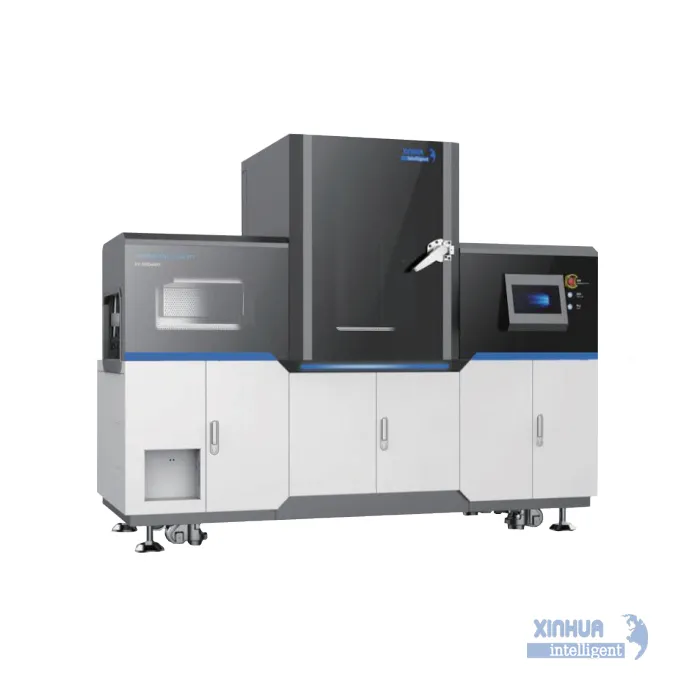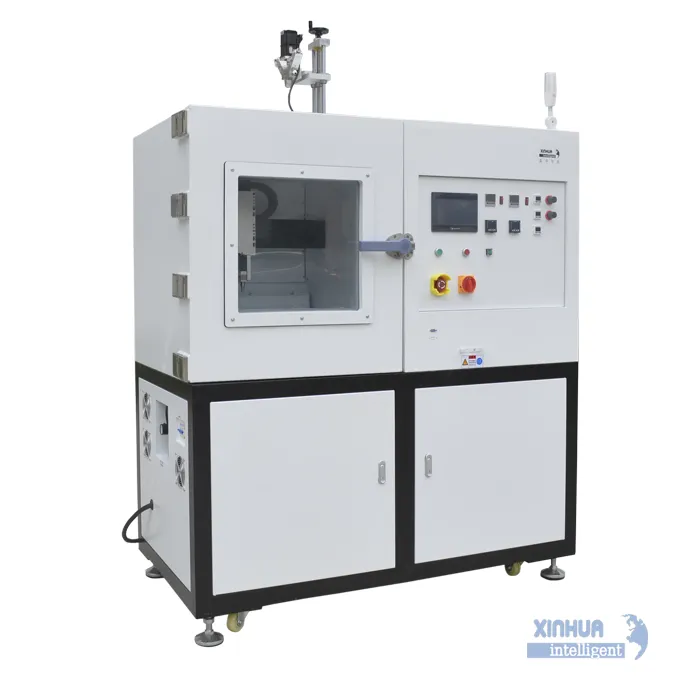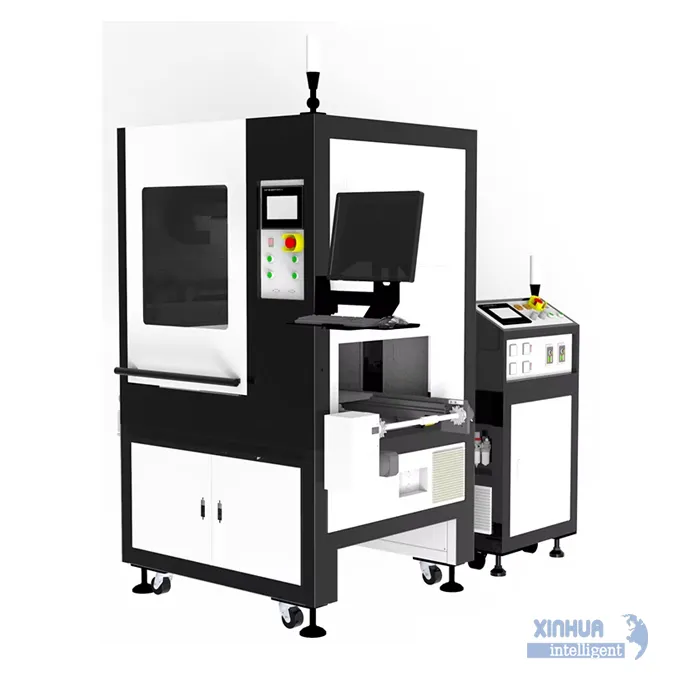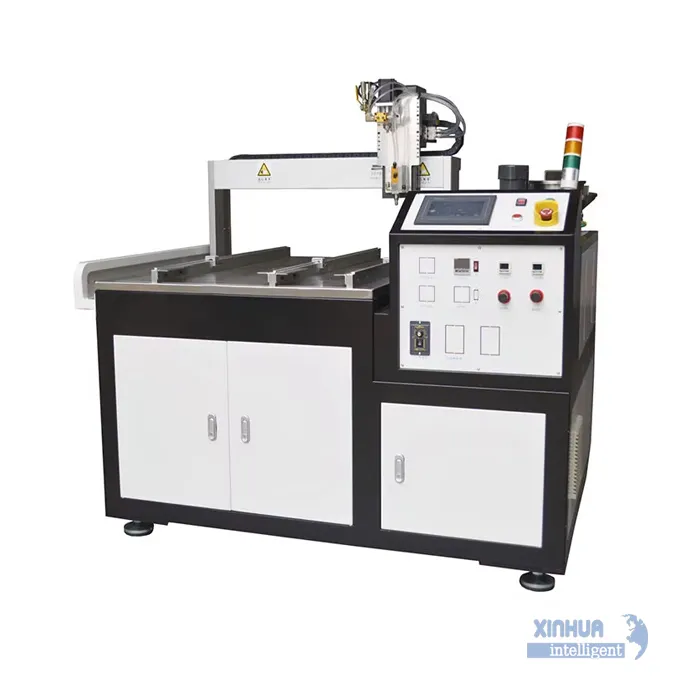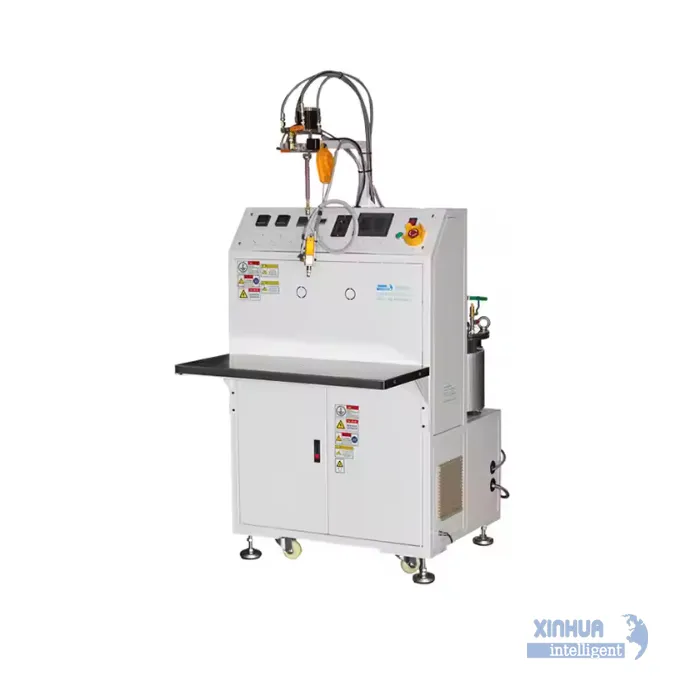This involves several key steps:
-
Preparation of Components: Electronic parts like circuit boards and wires are cleaned thoroughly to remove dust, oils, and residues that could affect adhesion. Certain areas may be masked off if they need to remain free of resin.
-
Mixing the Epoxy: Epoxy resin is mixed with a hardening agent to form a viscous, pourable substance.
-
Placing Components in a Mold: The electronics are positioned inside a mold or housing, which holds them securely in place.
-
Pouring the Epoxy: The mixed epoxy is carefully poured over the components in the mold. It is important to avoid air bubbles or voids to ensure full encapsulation and protection.
-
Curing: The epoxy hardens either at room temperature or is heat cured, forming a tough protective shell around the electronics.
-
Inspection and Finishing: After curing, the potted assembly is inspected and tested. Excess material may be trimmed as needed.
Epoxy offers high mechanical strength, excellent electrical insulation, and good thermal resistance, making it ideal for safeguarding delicate components in harsh conditions. This process is widely used in industries such as aerospace, automotive, communications, and consumer electronics for long-term durability and reliability of electronic products.

